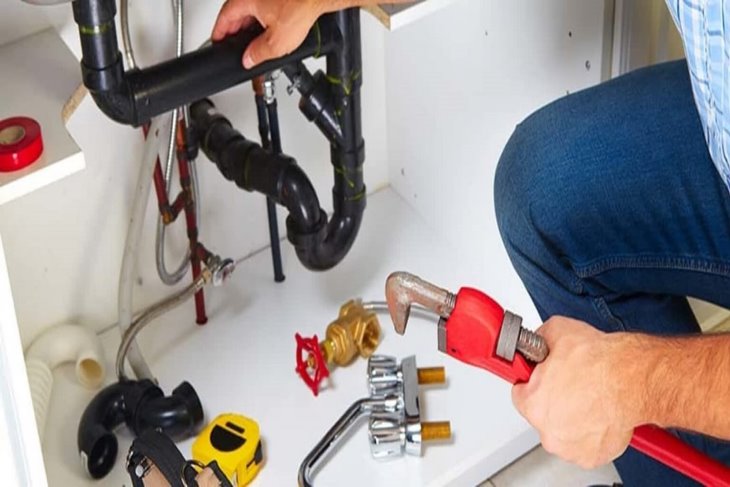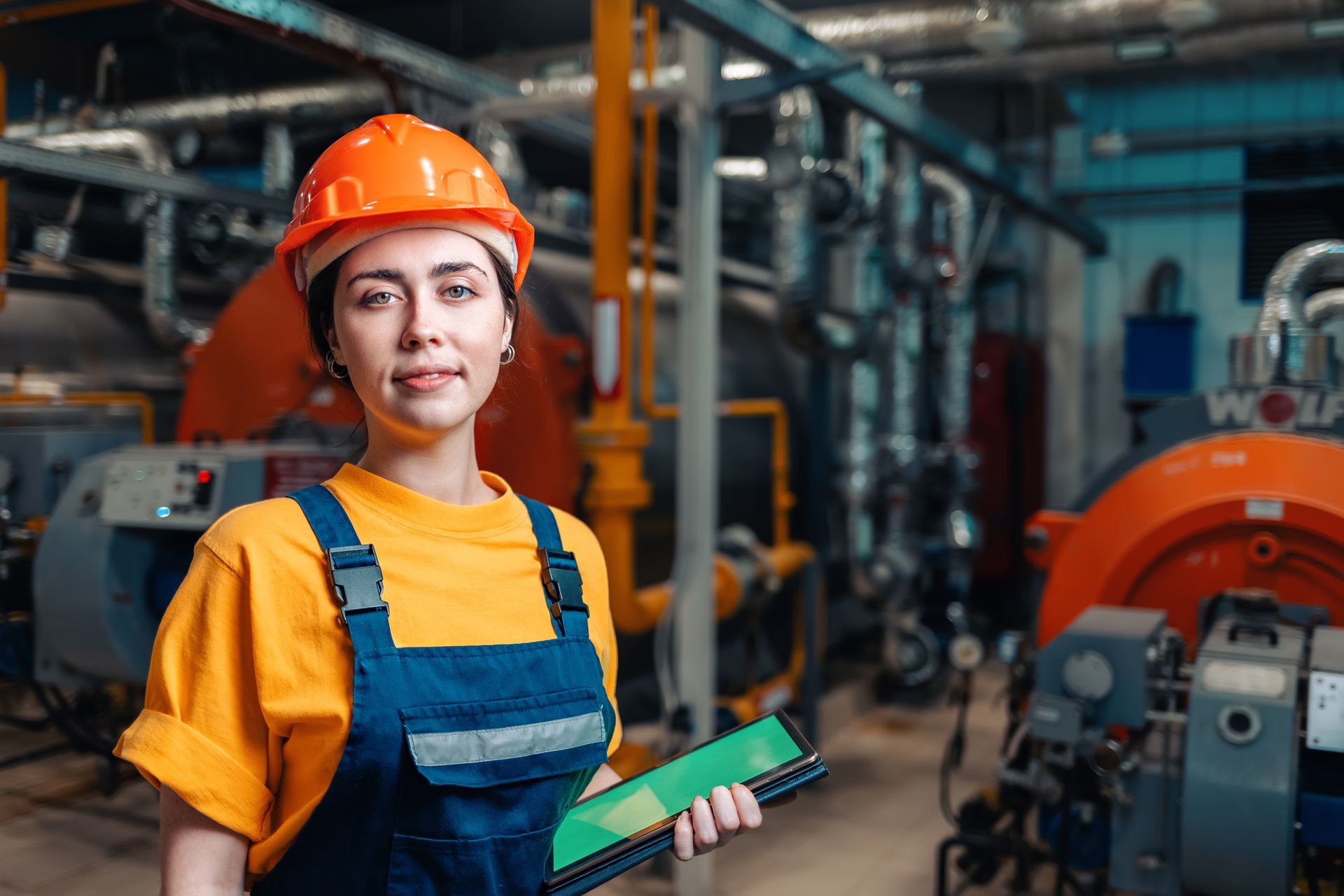Foreseeing Plumbing: Trends and Advancements
Foreseeing Plumbing: Trends and Advancements
Blog Article
Do you find yourself on the lookout for related information on The Future of Plumbing: Trends and Innovations to Watch?

Intro
The pipes market is undergoing a transformative phase driven by technological improvements and growing issues for sustainability and effectiveness. This article explores emerging patterns and developments shaping the future of pipes.
Governing Landscape
Regulative frameworks play a critical role in shaping the adoption of plumbing technologies, with standards and codes regulating every little thing from water performance to item safety and security. As innovations remain to evolve, governing bodies must adjust to make sure consumer security and environmental stewardship.
Future Expectation
The future of pipes is characterized by continued development and integration with various other fields such as IoT, renewable resource, and building automation. By accepting sustainable practices, leveraging emerging innovations, and prioritizing user-centric layout, the plumbing market is poised to resolve the progressing requirements of society while decreasing its ecological impact.
Enhanced Truth in Pipes
Enhanced Reality (AR) innovation is reinventing pipes by giving technicians with real-time aesthetic support for troubleshooting and fixing tasks. AR-enabled wise glasses or mobile applications overlay electronic information onto the physical setting, helping plumbings picture pipeline formats, determine hidden leaks, and carry out fixings with precision.
Impact of 3D Printing
The advent of 3D printing has actually presented brand-new possibilities in manufacturing plumbing elements. From custom-designed fixtures to intricate pipe fittings, 3D printing allows for fast prototyping and on-demand production, minimizing lead times and enabling higher personalization in pipes design.
Health and Safety Features
In response to heightened issues for health and safety, pipes fixtures are incorporating features such as antimicrobial surfaces, touchless procedure, and self-cleaning mechanisms. These innovations not just enhance health but also advertise customer comfort and benefit.
Hygiene-focused Components
Touchless taps, self-sanitizing bathrooms, and antimicrobial surface areas are ending up being significantly widespread in household and business settings, lessening the risk of bacterium transmission and promoting a cleaner, much healthier environment.
Water Top Quality Surveillance
Improvements in water top quality tracking technologies enable house owners to check the pureness and safety of their water supply in real-time. Smart water top quality sensing units can spot contaminants, pH levels, and temperature variants, equipping individuals to take aggressive measures to ensure water safety.
Remote Plumbing Solutions
Remote diagnostics and online assistance are changing the means plumbing solutions are delivered. Through video conferencing and remote accessibility technologies, plumbings can fix issues, supply guidance for DIY fixings, and even execute remote examinations, supplying better accessibility and comfort to home owners.
Difficulties and Opportunities
While pipes innovations hold immense guarantee, they also existing obstacles such as data personal privacy concerns, regulatory conformity, and the requirement for labor force training. Dealing with these challenges needs collaboration in between sector stakeholders and regulatory bodies to make certain safe and accountable execution of brand-new technologies.
Smart Pipes Systems
Including wise innovation right into pipes systems enables remote tracking, leakage discovery, and automated maintenance. Smart sensing units and IoT (Internet of Points) devices allow house owners and plumbers to keep an eye on water usage and detect concerns in real-time, leading to much more effective resource management and proactive maintenance.
Water Efficiency Solutions
With boosting focus on water preservation, cutting-edge remedies are being developed to lessen water wastage in pipes systems. High-efficiency fixtures, greywater recycling systems, and smart irrigation controllers are among the innovations helping customers lower their water impact while maintaining convenience and ease.
Sustainable Materials
The change towards sustainability includes plumbing materials, with an expanding preference for environmentally friendly options. Eco-friendly piping products, such as PEX (cross-linked polyethylene) and HDPE (high-density polyethylene), offer longevity and resistance to corrosion without compromising environmental integrity.
Predictive Upkeep
Predictive upkeep strategies take advantage of information analytics and artificial intelligence formulas to expect and prevent plumbing concerns before they take place. By assessing historic data and performance metrics, predictive maintenance algorithms can recognize patterns and abnormalities, making it possible for proactive treatments to stay clear of expensive repairs and disturbances.
Verdict
Finally, the future of pipes is defined by a convergence of technology, sustainability, and user-centric style. By embracing wise remedies, sustainable products, and aggressive maintenance practices, the plumbing market can improve efficiency, advertise security, and contribute to a more sustainable future.
Plumbing Industry Trends You Need To Know
Smart technology in plumbing
Homeowners want to be able to manage their homes from their phones. The technology exists to make that happen. From smart toilets to leak detector devices, the whole plumbing system can be managed on an interconnected network made up of sensors, IoT devices, and machine learning algorithms.
This allows for wireless control to turn appliances on and off, automate routines, and access advanced monitoring to track water usage and flag potential issues. Smart technology streamlines water consumption, maintenance and energy usage, creating a more efficient system.
Green plumbing
The data analysis possible with smart technology not only improves convenience and cost-effectiveness but also fulfills a high-priority customer desire – sustainability. Consumers are very aware of their impact on the planet and want plumbing solutions to reduce damage and support sustainability. Eco-friendly plumbing solutions are already starting to emerge.
Customers can opt for low-flow toilets, water-saving faucets, and connections to sustainable energy sources. Beyond monitoring water consumption, customers can conserve water through the installation of greywater systems. This is a system that collects water that has been used but is still clean enough for some household uses such as toilet flushing.
Shorter product pipeline
To keep up with modern plumbing, plumbers need modern tools that enable them to complete jobs more efficiently. One technology making strides in this area is 3D printing. By 3D printing key plumbing fixtures, plumbers can reduce wait times even for specialized fixtures. It minimizes delays often seen in traditional manufacturing that frustrate customers and prevent plumbers from taking on more work.
Off-site repairs
Augmented reality is making a splash in many industries including plumbing. Plumbers can map a building online so they can explore the plumbing system through augmented reality, identifying areas of maintenance and repair completely digitally. This technology can be applied quite widely in plumbers’ work including planning installations and training new recruits. It’s safer, smarter and more efficient.
Low-footprint materials
Another way for plumbing companies to reduce their environmental footprint and meet the customer demand for sustainability is by using recycled materials in their work. The products they source and manufacture such as pipes, fixtures and faucets can be made from recycled materials. This saves the planet while being just as effective.
Onsite water purification
Additionally, plumbing companies can be advocates of water conservation and ease the financial and environmental concerns of customers by offering water purification systems. New water purification technology such as reverse osmosis systems and UV systems make it possible for homeowners and business owners to thoroughly cleanse water, removing contaminants onsite. This means the water can be safely reused in more ways than greywater can be, establishing a water recycling loop.
Tankless water heaters
Another innovation of modern plumbing is tankless water heaters. The idea is that the water is heated on demand as it runs through the system instead of being heated in a water tank. This is more energy efficient and therefore cost-effective and eco-friendly because water isn’t heated needlessly.

We were shown that editorial about 7 Plumbing Industry Trends You Need To Know from an acquaintance on another web property. I beg you take a moment to distribute this entry if you liked it. Thanks so much for your time invested reading it.
Check Us Out Report this page